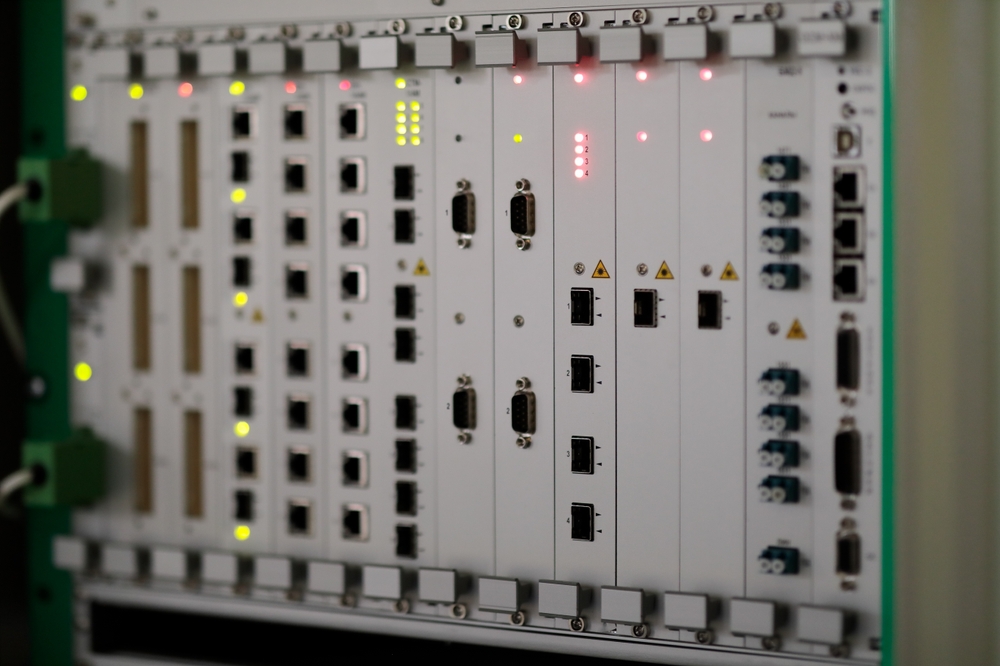In the complex landscape of IT hardware and networking, the concepts of transmission & access networks play a pivotal role. These networks form the backbone of modern communication systems, facilitating the seamless transfer of data across vast distances and ensuring that end-users can access the internet and other services efficiently. For professionals dealing with computer hardware and networking, a comprehensive understanding of transmission & access networks is essential.
The Basics of Transmission Networks
Transmission networks, also known as transport networks, are responsible for carrying large volumes of data over long distances. These networks use various types of physical media, including fiber optics, coaxial cables, and microwave links, to transmit data between different nodes. The primary function of transmission networks is to provide a high-capacity backbone that connects various access networks, data centers, and communication nodes.
Components of Transmission Networks
Transmission networks comprise several critical components. Optical fibers are the most common medium used, thanks to their high bandwidth and low latency. These fibers use light signals to transmit data, offering speeds that far exceed traditional copper cables. Amplifiers and repeaters are used to boost the signal strength over long distances, ensuring that data can travel without significant degradation. Additionally, switches and routers play a crucial role in directing data traffic efficiently across the network.
The Role of Access Networks
Access networks, on the other hand, serve as the last mile of connectivity, linking end-users to the broader transmission network. These networks connect homes, offices, and other end-user devices to the internet and other communication services. Access networks are essential for providing users with reliable and high-speed connectivity, enabling them to access various online services, applications, and resources.
Types of Access Networks
There are several types of access networks, each with its unique characteristics and applications. DSL (Digital Subscriber Line) networks use existing telephone lines to provide internet connectivity. Cable networks use coaxial cables to deliver high-speed internet and television services. Fiber-to-the-Home (FTTH) networks use optical fibers to provide ultra-fast internet connections directly to users’ premises. Wireless access networks, including Wi-Fi and mobile networks, use radio waves to connect users wirelessly to the internet.
Integration of Transmission and Access Networks
The integration of transmission & access networks is crucial for ensuring seamless and efficient data communication. Transmission networks provide the necessary backbone and capacity, while access networks ensure that this capacity is delivered to end-users effectively. This integration involves careful planning and coordination to manage data traffic, optimize bandwidth, and ensure reliability. IT hardware, including routers, switches, and modems, plays a vital role in facilitating this integration.
Challenges in Managing Transmission and Access Networks
Managing transmission & access networks comes with its own set of challenges. One significant challenge is ensuring sufficient bandwidth to accommodate increasing data traffic. As more devices connect to the internet and data-intensive applications become more prevalent, the demand for bandwidth continues to grow. Network congestion can lead to latency and reduced performance, which can impact user experience.
Solutions to Network Challenges
To address these challenges, network operators and IT professionals employ various strategies. Upgrading infrastructure to support higher capacities, such as deploying more optical fibers and advanced switching equipment, is a common approach. Implementing Quality of Service (QoS) mechanisms helps prioritize critical data traffic, ensuring that essential services receive the necessary bandwidth. Additionally, adopting advanced network management tools and techniques allows for better monitoring, troubleshooting, and optimization of network performance.
Future Trends in Transmission and Access Networks
The future of transmission & access networks is shaped by ongoing advancements in technology and evolving user demands. One significant trend is the continued deployment of 5G networks. 5G technology promises to revolutionize access networks by providing ultra-fast, low-latency wireless connectivity. This will enable new applications, such as autonomous vehicles, smart cities, and advanced IoT solutions, further driving the need for robust transmission networks to support this increased data traffic.
The Role of Software-Defined Networking
Software-Defined Networking (SDN) is another trend that is transforming Transmission & Access Network. SDN decouples the control plane from the data plane, allowing for more flexible and programmable network configurations. This technology enables network operators to manage and optimize network resources dynamically, improving efficiency and performance. SDN is particularly beneficial for large-scale transmission networks, where it can simplify the management of complex data flows and enhance scalability.
The Importance of Network Security
As transmission & access networks become more sophisticated, ensuring their security becomes increasingly critical. Cyber threats, such as hacking, data breaches, and denial-of-service attacks, pose significant risks to network integrity and user privacy. IT professionals must implement comprehensive security measures, including encryption, firewalls, and intrusion detection systems, to protect these networks from potential threats. Regular security audits and updates are also essential to stay ahead of emerging vulnerabilities.
Sustainability in Network Infrastructure
Sustainability is another important consideration in the development and management of transmission & access networks. As energy consumption continues to rise, there is a growing need for energy-efficient network hardware and practices. Using energy-efficient components, optimizing network configurations to reduce power usage, and adopting renewable energy sources for network infrastructure are some of the strategies being employed to promote sustainability. By focusing on green networking practices, operators can reduce their environmental impact while also lowering operational costs.
Conclusion
Transmission & access networks are fundamental components of modern IT hardware and networking. These networks ensure that data can be transmitted efficiently over long distances and accessed reliably by end-users. Understanding the various components, challenges, and future trends in these networks is essential for IT professionals and network operators. By leveraging advanced technologies, addressing bandwidth and security challenges, and promoting sustainability, organizations can build robust and efficient network infrastructures that meet the demands of today and tomorrow. As the digital landscape continues to evolve, staying informed and adaptable will be key to maintaining optimal network performance and delivering high-quality connectivity to users.



